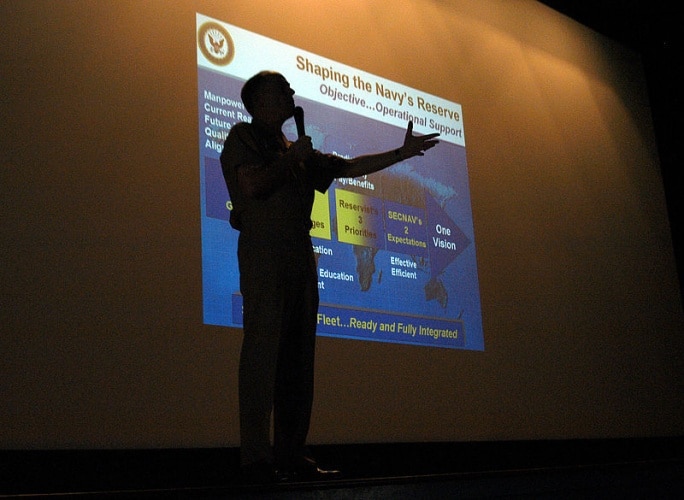
Technology has a huge part to play in the rapidly shifting landscape of the manufacturing industry. Industry 4.0 is driving these changes but, like anything new, the complexities of new products and materials can seem overwhelming and messages can get lost. In a competitive world, being able to present your technology to a range of audiences is crucial to success.
Our technology at GROW is a distributed manufacturing platform which helps customers tap into the benefits of additive manufacturing. Regarded by many industry commentators as the next large scale change in the manufacturing process, distributed manufacturing means that parts will be made close to the point and time of demand. It’s a real emerging technology with far reaching potential but it’s also sometimes not the easiest concept to convey.
Our challenge was to find a better way of explaining and presenting our software so that we could sell it more effectively to an educated and often time-poor audience in just a few minutes.

The first step was to look at how we could improve our existing sales presentation, and we turned to a specialist to help us with this task. PowerPoint presentation experts Buffalo7 guided us through the process and brought valuable insights to the project. Here are the top three take-aways that we gained through our collaboration with them:
One: Make it look good
When you’re selling a complex product or service, animation, custom graphics and illustrations are your best friend. Making content visual means that it will be remembered. Statistics from California State University show that 60 per cent of listeners can remember visually enhanced content, compared to only 10 per cent remembering content presented verbally. A series of bespoke illustrated elements were created for our presentation and animated together to explain the more complex parts of the process. To boost visual content further, use the highest possible quality images you can find.
Two: Break ideas apart
When you’re trying to explain complex ideas or technical concepts you need to keep your audience alert, awake and engaged. Present a slide packed full of text and complex diagrams and don’t be surprised if attention spans wander. At GROW, we were advised to break our ideas apart and split them over several slides. This meant that when we were selling our technology to big-name businesses, we were engaging them in a conversation rather than simply reading information off slides to them. There was a delicate balance for us between text and images as we still needed to ensure that if our prospects shared the slidedeck with a colleague who hadn’t sat in the presentation, it could still be understood.

Three: Tell your story
According to professional public speaking coach, Nathan Gold, “Stories are food of the brain”. People tune in as soon as you start telling a story because they want to know what happens next. A well-told story will resonate in your audience’s mind and is also a useful way of planning your presentation. We found that including details like why the company started, the people we’ve met on the way, the problem we’re solving and the impact we can have on industry, helped to engage our audience. Aim to take them on a journey, immerse them in a story and build up to a key moment. End on a high – something inspirational, memorable or a simple ‘top takeaways’ to keep your points firmly at the front of your audience’s mind.
Pay attention!
More than half of 2000 people surveyed in the US Harris Poll admitted doing something other than listening during a colleague’s presentation with 28 per cent sending a text message, 27 per cent checking email and worryingly, 17 per cent falling asleep! Deploy the tips above and hopefully this will help to reduce these percentages, and help you to sell your solution more effectively ― no matter how technical or complex it is to explain.










Radio wave weapon knocks out drone swarms
Probably. A radio-controlled drone cannot be completely shielded to RF, else you´d lose the ability to control it. The fibre optical cable removes...